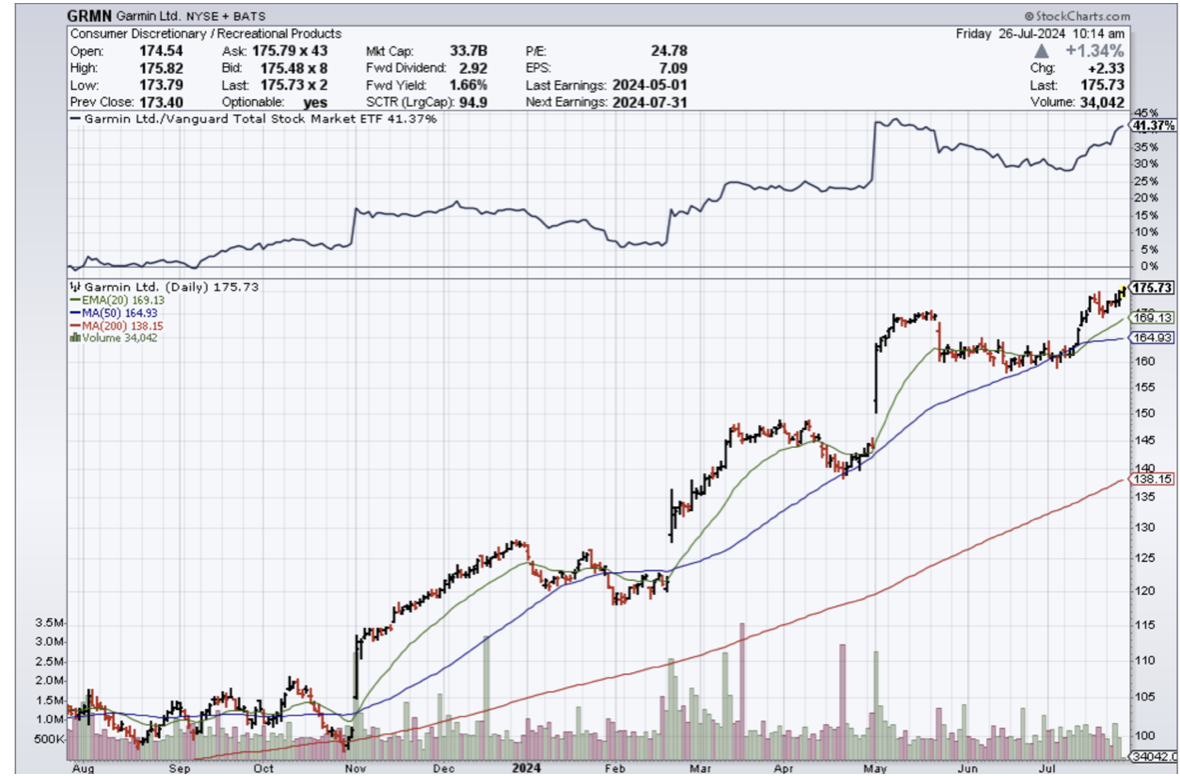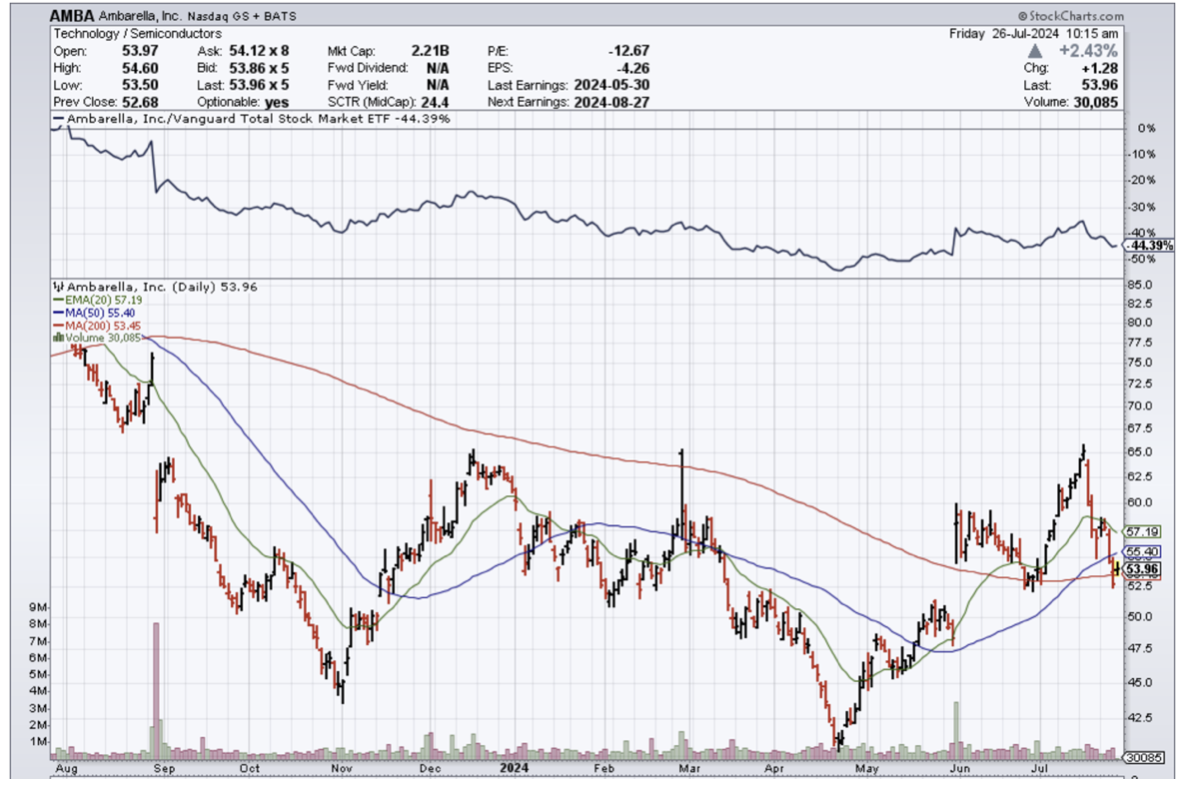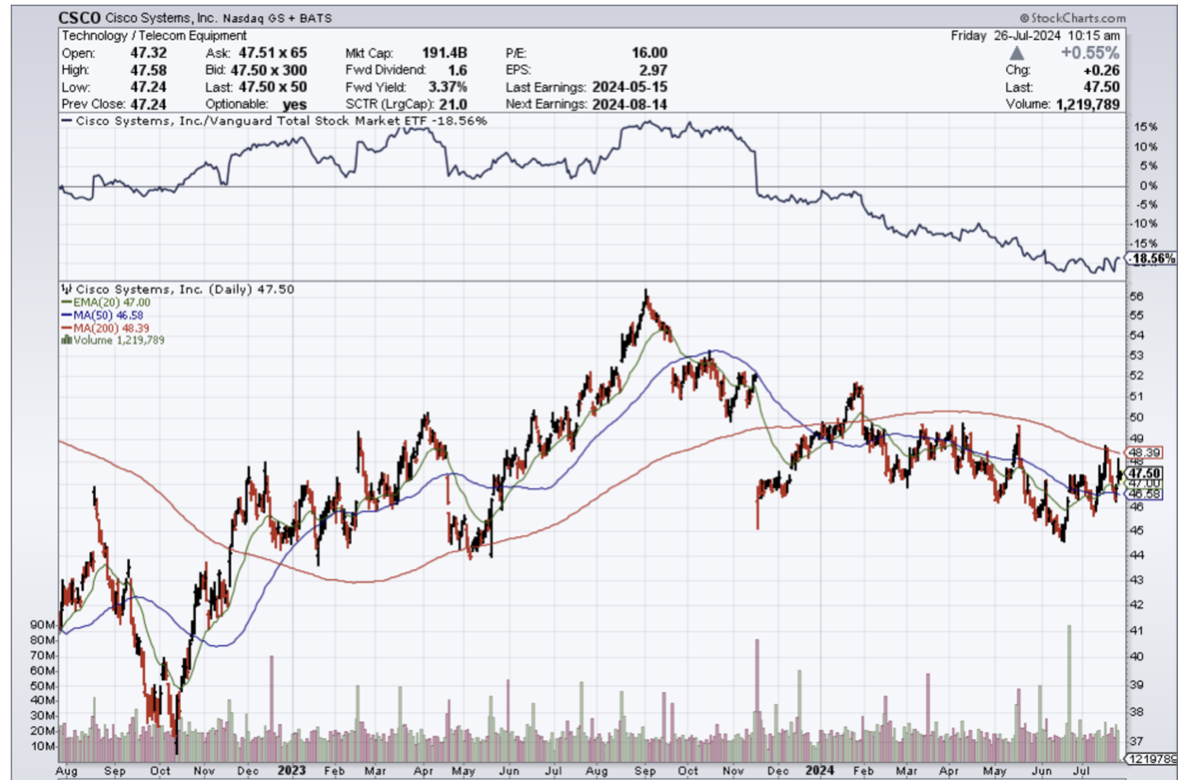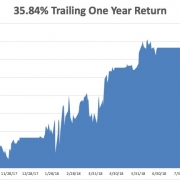Let me introduce to you one of the hottest trends in tech.
It has been on the tip of everyone's tongue for years, and that might be an understatement, but the interaction of the Internet of Things (IoT) and Artificial Intelligence (AI) offers companies a wide range of advantages.
In order to get the most out of IoT systems and to be able to interpret data, the symbiosis with AI is almost a must.
If the Internet of Things is merged with data analysis based on artificial intelligence, this is referred to as AIoT.
Moving forward, expect this to be the hot new phrase in an industry backdrop where investors love these hot catchphrases and monikers.
What is this used for?
Lower operating costs, shorter response times through automated processes, and helpful insights for business development are just a few of the notable advantages of the Internet of Things.
AI also offers a variety of business benefits: it reduces errors, automates tasks, and supports relevant business decisions. Machine learning as a sub-area of AI also ensures that models – such as neural networks – are adapted to data. Based on the models, predictions and decisions can be made. For example, if sensors deliver new data, they can be integrated into the existing modules.
The Statista Research Institute assumes that there will be 75 billion networked devices by 2025.
This is exactly where AI comes into play, which generates predictions based on the sensor values received.
However, many companies are still unable to properly benefit from the potential of connecting IoT and AI, or AIoT for short.
They are often skeptical about outsourcing their data - especially in terms of security and communication.
In part because the increased number of networked devices, which requires the connection of IoT and AI, increases the security requirements for infrastructure and communication structure enormously.
It is not surprising that companies are unsettled: Industrial infrastructures have grown historically due to constantly increasing requirements and present companies with completely new challenges, which manifest themselves, for example, in an increasing number of networked devices. With the combination of IoT and AI, many companies are venturing into relatively new territory.
By connecting IoT and AI, a continuous cycle of data collection and analysis is developing.
But companies can no longer deny the advantages of AIoT because this technical combination makes networked devices and objects even more useful.
Based on the insights generated by the models, those responsible can make decisions more easily and reliably predict future events. In this way, a continuous cycle of data collection and analysis develops. With predictive maintenance, for example, production companies can forecast device failures and thus prevent them.
The combination of the two technologies also makes sense from the safety point of view: continuous monitoring and pattern recognition help to identify failure probabilities and possible malfunctions at an early stage – potential gateways can thus be better identified and closed in good time.
The result: companies optimize their processes, avoid costly machine failures, and at the same time reduce maintenance costs and thus increase their operational efficiency.
In this way, IoT and AI represent a profitable fusion: While AI increases the benefit of existing IoT solutions, AI needs IoT data in order to be able to draw any conclusions at all.
AIoT is therefore a real gain for companies of all sizes. They thus optimize processes, are less prone to errors, improve their products and thus ensure their competitiveness in the long term.
Some hardware, software, and semiconductor stocks that will offer exposure into AIoT are Emerson Electric Co. (EMR), Garmin (GRMN), Ambarella (AMBA), Nvidia (NVDA), DexCom (DXCM), Cisco (CSCO), Intel (INTC), and Qualcomm (QCOM).




